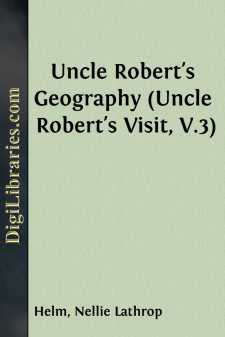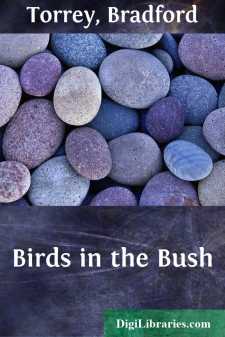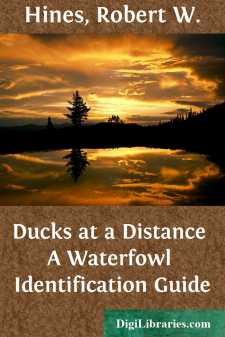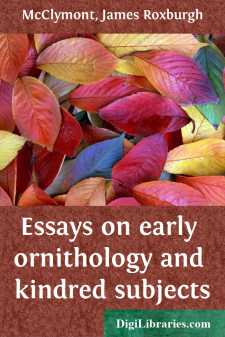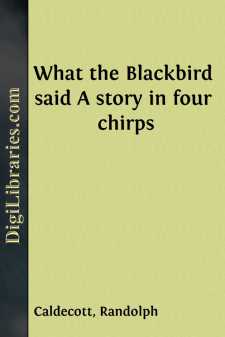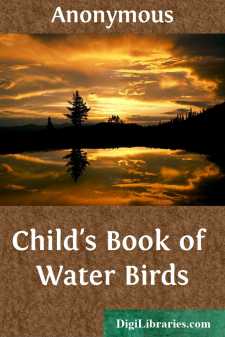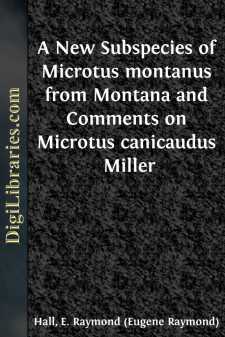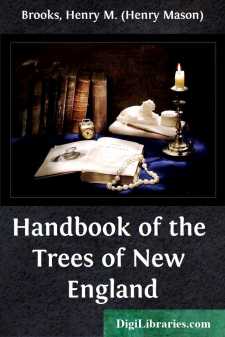Nature
Nature Books
Sort by:
Our aim is to bring up to date the list of kinds of bats actually known from Barro Colorado Island, Panamá. In 1952 Samuel T. Dickenson, Marguerite Schultz, George P. Young, and E. Raymond Hall spent the first 17 days of April (except Mrs. Schultz who left on April 8) on Barro Colorado Island. On eight evenings a silk net, 30 feet long and 7 feet high with a ¾-inch mesh, was stretched in an open...
more...
The publishers take pleasure in offering to the public, in their Home-Reading Series, some books relating to the farm and other aspects of country life as the center of interest, written by Colonel Francis W. Parker, the President of the famous Cook County Normal School, in Chicago. For many years the teachers of the common schools of the country have been benefited by the inventions of Colonel Parker...
more...
by:
Bradford Torrey
ON BOSTON COMMON.Nuns fret not at their convent's narrow room;And hermits are contented with their cells;And students with their pensive citadels:Maids at the wheel, the weaver at his loom,Sit blithe and happy; bees that soar for bloom,High as the highest Peak of Furness-fells,Will murmur by the hour in foxglove bells:In truth, the prison unto which we doomOurselves, no prison is: and hence for...
more...
by:
Robert W. Hines
Identification is Important Identifying waterfowl gives many hours of enjoyment to millions of people. This guide will help you recognize birds on the wing—it emphasizes their fall and winter plumage patterns as well as size, shape, and flight characteristics. It does not include local names. Recognizing the species of ducks and geese can be rewarding to birdwatchers and hunters—and the ducks....
more...
Marco Polo, had he confined himself to a sober narration of his travels, would have left to posterity a valuable record of the political institutions and national customs of the peoples of his day in the Far East. He was not satisfied with doing this, but added to his narrative a number of on-dit more or less marvellous in character, which he collected from credulous or inventive persons with whom he...
more...
CHIRP THE FIRST. The winter of 1878 was certainly an unusually dreary one, and so thought a remarkably fine young Blackbird, as he perched one morning on the bare bough of a spreading lime-tree, whose last brown leaf had fallen to the ground some weeks before. With the exception of the Scotch firs and other fortunate evergreens, there was nothing to be seen on all sides but leafless branches standing...
more...
by:
Anonymous
The Swan. The Swan is a very beautiful bird. It is generally white, though a black swan has been discovered in Australia. It is not very often seen in this country. It was brought from Asia and Eastern Europe into England—from whence, most probably, a few specimens have been introduced into this country. The Swan is very graceful in the water, but on land it is an awkward waddler. The Coot is...
more...
IN 1949, for the Museum of Natural History of the University of Kansas, Mr. John A. White collected two specimens of the species Microtus montanus in the Bitterroot Valley of Montana, that did not fit the description of any named subspecies. These were laid aside until we could examine the additional specimens from Montana in the Biological Surveys collection in the United States National Museum, some...
more...
PREFACE. There is no lack of good manuals of botany in this country. There still seems place for an adequately illustrated book of convenient size for field use. The larger manuals, moreover, cover extensive regions and sometimes fail by reason of their universality to give a definite idea of plants as they grow within more limited areas. New England marks a meeting place of the Canadian and...
more...
IMPORTANCE OF RODENT GROUPS. As the serious character of the depredations by harmful rodents is recognized, State, Federal, and private expenditures for their control increase year by year. These depredations include not only the attacks by introduced rats and mice on food materials stored in granaries, warehouses, commercial establishments, docks, and private houses, but also, particularly in the...
more...



